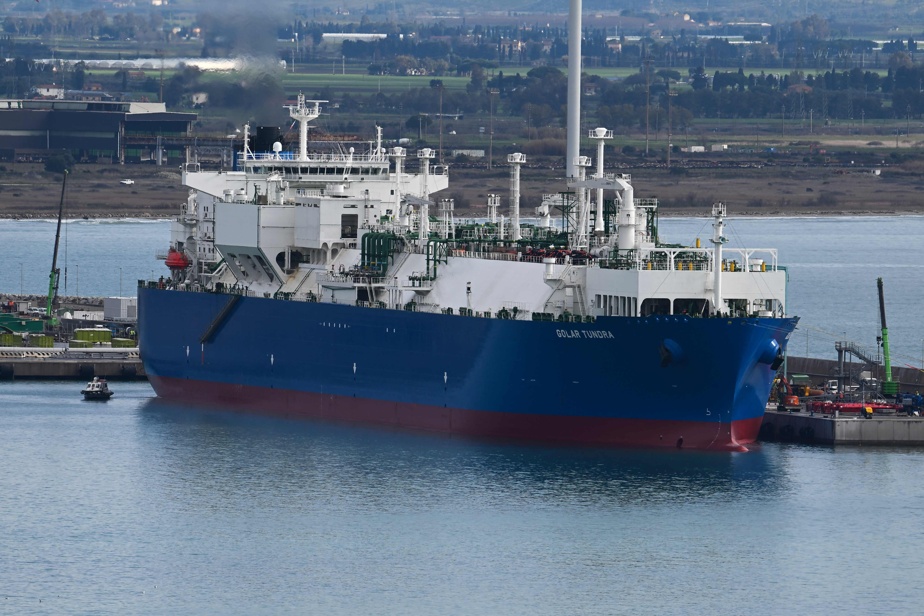(Brussels) The United States and the EU indicated on Tuesday that they wanted to maintain at “a high level” in 2023 deliveries to Europeans of liquefied natural gas (LNG), the doubling of which last year helped the Twenty-Seven to reduce their dependence on Russian hydrocarbons.
In the wake of the Ukraine invasion, Washington and Brussels “have worked like never before to help make Europe more energy secure,” US Foreign Minister Antony Blinken said during a briefing. meeting with the head of EU diplomacy Josep Borrell.
The United States exported some 56 billion cubic meters of LNG to the EU in 2022, compared to 22 billion in 2021, a jump of 140%, Blinken said.
In a joint statement, the United States and the EU committed “to work to maintain a high level of US LNG supply to Europe in 2023, of at least 50 billion m3”.
“This is necessary given the difficult supply situation and the need to ensure inventory replenishment for the winter of 2023-2024,” the statement said.
Europeans’ gas reserves are currently 56% full, Brussels said on Tuesday, in line with its forecast of around 50% expected for the end of winter, and at a level almost twice as high as that usually observed. at this time of year.
The Twenty-Seven have set themselves the goal of filling their reserves to 90% by November.
Conversations on Tuesday were marked by “a sense of relief” that “(Russian President Vladimir) Putin’s efforts to weaponize energy had failed,” a US State Department official said.
“Things have moved faster than anyone could have expected on the EU’s reliance” on Russian gas, he added.
“I believe this is not a temporary situation, but marks a structural change in Europe’s energy outlook and trade orientation,” said EU Energy Commissioner Kadri. Simon.
On the price at which Europe buys American gas, the Commission had simply indicated in November that its energy working group created with Washington aimed to “guarantee the supply and filling of stocks in 2023 at prices reflecting the economic fundamentals”.
In addition to diversifying supplies, Europeans are trying to slash their demand: gas consumption in the EU fell by 19% between August and January, compared to the level between 2017 and 2022, well above the target of 15% that the Twenty-Seven had set themselves.
